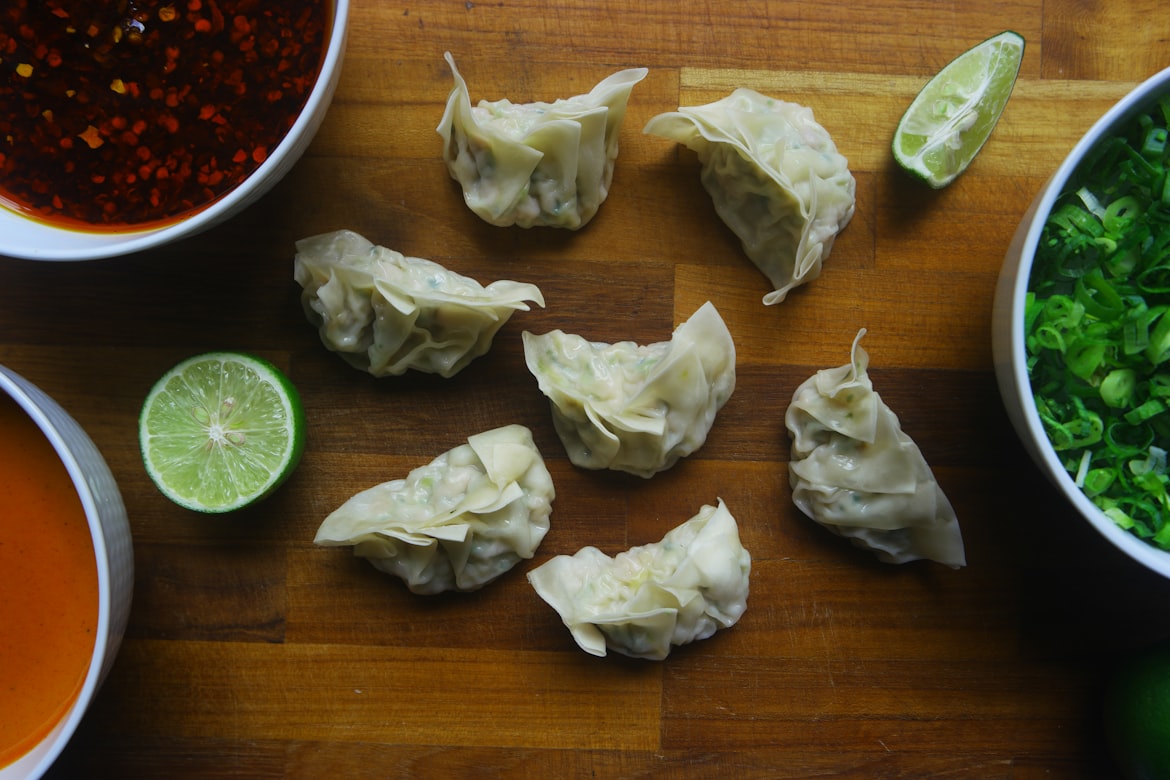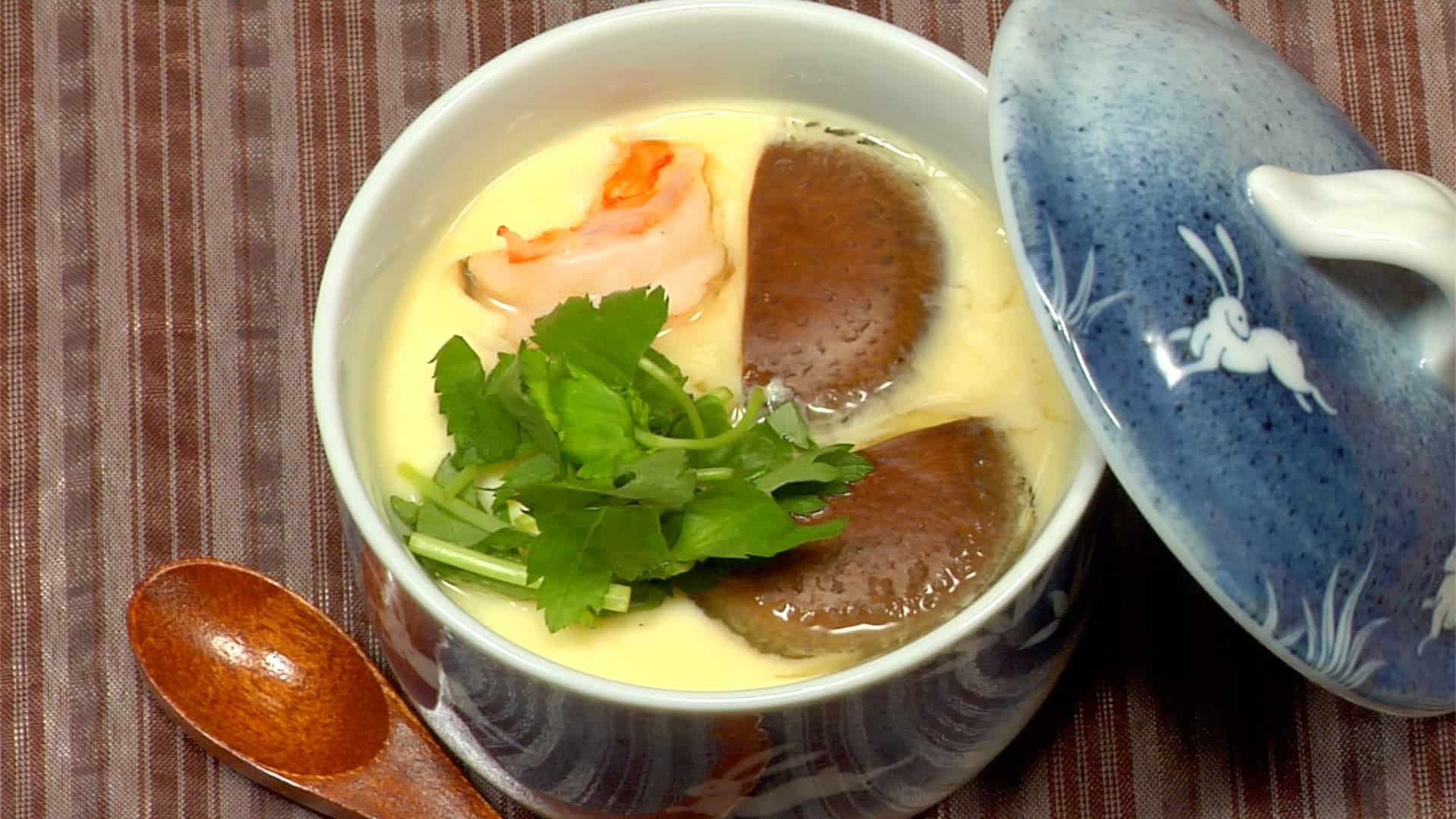Gyoza, the delectable Japanese dumplings, have found their way into the hearts and stomachs of food enthusiasts around the world. These savory parcels, often filled with a mixture of ground meat, vegetables, and seasonings, boast a delightful combination of crispy bottoms and tender, flavorful interiors. Join us on a culinary journey as we explore the world of Gyoza Galore, delving into their origins, cultural significance, and how these versatile dumplings have become a global phenomenon.
Dumplings Across Borders
The Birth of Gyoza
Gyoza, also known as potstickers, originated in China and were introduced to Japan during the early 20th century. The Japanese adaptation of these dumplings, known as “gyoza,” features a thin wheat-flour wrapper and is typically filled with a mixture of ground pork, cabbage, garlic, ginger, and soy sauce. Gyoza can be steamed, boiled, pan-fried, or deep-fried, showcasing their versatility and adaptability to various cooking methods.
Evolution of Styles
While traditional Japanese gyoza are widely popular, different countries have put their own spin on the concept. In Korea, mandu closely resembles gyoza but often features different fillings and dipping sauces. In China, jiaozi variations abound, each region offering its own take on the dumpling. The global popularity of gyoza has led to a rich tapestry of dumpling styles, each reflecting the culinary preferences of its locale.
Gyoza in Japanese Cuisine
Traditional Preparation
In Japanese cuisine, gyoza is commonly served as an appetizer or side dish, and its preparation involves a unique combination of steaming and pan-frying. The bottom of the gyoza is pan-fried until golden and crispy, while the top remains steamed, resulting in a delightful textural contrast.
Dipping Sauces
Gyoza is typically served with a dipping sauce made from soy sauce, rice vinegar, and a dash of sesame oil. This tangy and savory sauce enhances the flavors of the dumplings and provides a satisfying accompaniment to the rich and savory filling.
Food Trend: Gyoza Innovation
The Gyoza Innovation trend highlights the modern reinterpretation of these classic dumplings. Chefs and home cooks alike are experimenting with inventive fillings, cooking methods, and presentations to elevate gyoza to new heights.
Fusion Fillings
One aspect of Gyoza Innovation is the incorporation of unconventional fillings that go beyond the traditional pork and cabbage combination. Chefs are experimenting with ingredients like shrimp, chicken, tofu, and even exotic meats, infusing unique flavors and textures into the dumplings. Vegetarian and vegan gyoza options are also gaining popularity, featuring creative combinations of vegetables, tofu, and plant-based proteins.
Creative Cooking Techniques
While pan-frying remains a beloved method of cooking gyoza, chefs are exploring alternative cooking techniques to add excitement to these dumplings. Techniques such as deep-frying, grilling, and even baking are being employed to create gyoza with crispy textures and unique flavor profiles. These creative approaches expand the possibilities of gyoza, appealing to those who seek diverse and innovative culinary experiences.
Gyoza Galore Around the World
As the Gyoza Galore trend gains momentum, restaurants and eateries worldwide are embracing the diversity of these delectable dumplings.
Specialized Gyoza Restaurants
In major cities with vibrant food scenes, specialized gyoza restaurants have emerged, offering an extensive array of gyoza varieties. These establishments often feature diverse fillings, cooking techniques, and dipping sauces, providing a curated gyoza experience for enthusiasts eager to explore the dumpling’s potential.
Gyoza Street Food Stalls
Street food markets and festivals around the world frequently showcase gyoza stalls, where vendors offer freshly cooked dumplings with a range of enticing fillings. This casual and approachable setting allows patrons to sample different gyoza styles and discover their personal favorites.
Where to Indulge in Gyoza Galore
For those eager to indulge in Gyoza Galore, a variety of culinary destinations provide opportunities to savor the dumpling delights.
Traditional Japanese Izakayas
In Japan, traditional izakayas (Japanese pubs) are excellent places to enjoy classic gyoza along with other small plates and drinks. These cozy establishments often offer a lively and communal atmosphere, making them perfect for sharing gyoza with friends and enjoying the flavors of Japanese pub cuisine.
Specialized Gyoza Joints
Internationally, cities with diverse culinary scenes are likely to have specialized gyoza joints that showcase the breadth of gyoza innovation. These restaurants often feature creative gyoza menus, allowing diners to explore different fillings, cooking techniques, and regional variations.
Embracing Gyoza: A Dumpling Delight
In conclusion, Gyoza Galore celebrates the enduring appeal and adaptability of these delectable dumplings. Whether savoring traditional Japanese gyoza or exploring inventive and global variations, the gyoza trend offers a delicious journey into the world of dumpling diversity. So, embrace the Gyoza Innovation, explore the crispy and savory delights, and let each bite of gyoza transport you to a realm where culinary creativity knows no bounds.…


